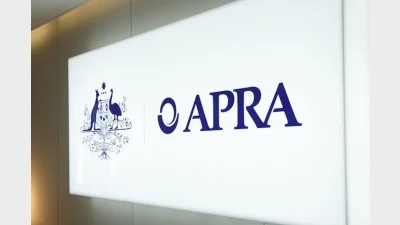Super funds benefit from strong sharemarket rally



Growth-orientated strategies in the superannuation industry were up 12.7 per cent over the year ending 2012 due largely to a bounce-back in the Australian sharemarket, according to Chant West's latest release.
With the Australian share market posting a nearly 20 per cent return for the year, median growth superannuation funds (61 to 80 per cent in growth assets) produced an 8 per cent positive return for the year to 31 December 2012.
With cash producing the worst return of all asset sectors and conservative funds (21 to 40 per cent growth) producing a 8.8 per cent per cent return for the 2012 year-end, Chant West director Warren Chant said "that should help drive home the message that it is a dangerous to try to 'time' investment markets."
He added that well diversified funds performed better, benefitting from their weighting to listed shares and real estate investment trusts (REITs) whilst also having the ability to better manage risk in a downturn.
Of the top performing growth funds, Colonial First State FirstChoice Growth (16 per cent), UniSuper Balanced (15 per cent) and AXA Super Direction Balanced (14.5 per cent) produced the best returns.
With master trusts typically having a higher weighting to listed shares and property, there were six to be found in the top ten. Three industry funds also made it into the list due to their broader spread of investments cushioning them from the worst of 2011's poor share market performance.
Despite recovering nearly 41.5 per cent since the 27 per cent lost during the course of the global financial crisis (October 2007 to the end of February 2009), Chant said superannuation returns are only 3 per cent above pre-GFC levels.
"The typical objectives for a growth fund is to beat inflation by 3 to 4 per cent over rolling five year periods, and to post a negative return no more frequently than one in every five or six years on average," Chant said.
"If we look back over the past 20 calendar years, we can see that funds have achieved those objectives."
Recommended for you
The winners have been announced for the 2025 Super Fund of the Year Awards, held in Melbourne on 26 November.
Australian Ethical Superannuation has seen additional licence conditions imposed on it by APRA over the fund’s expenditure management.
The fund has strengthened its leadership team with three appointments to drive its next phase of growth and innovation.
ASIC and APRA have warned many trustees have failed to meaningfully improve retirement strategies despite the retirement income covenant being in place for three years.










